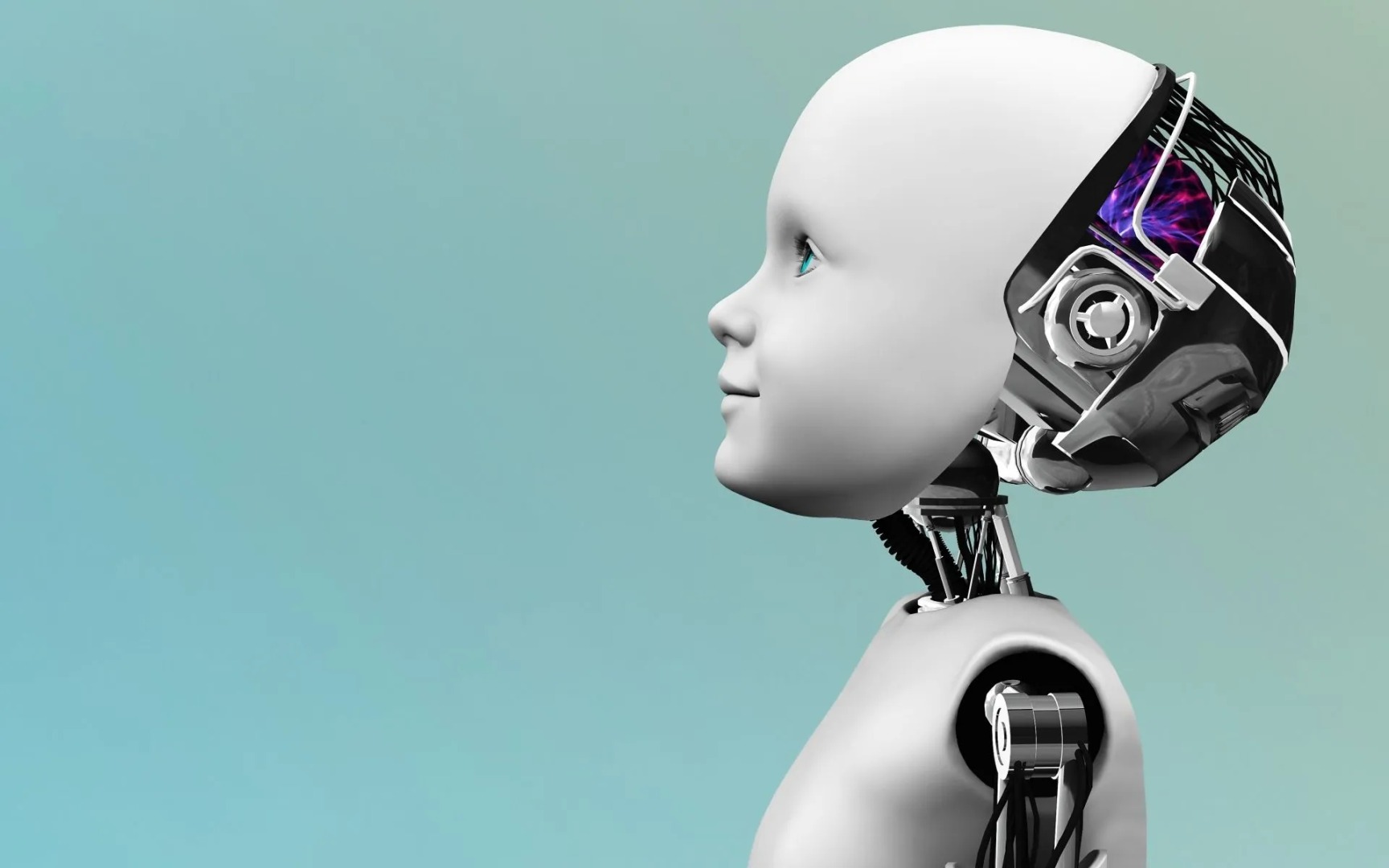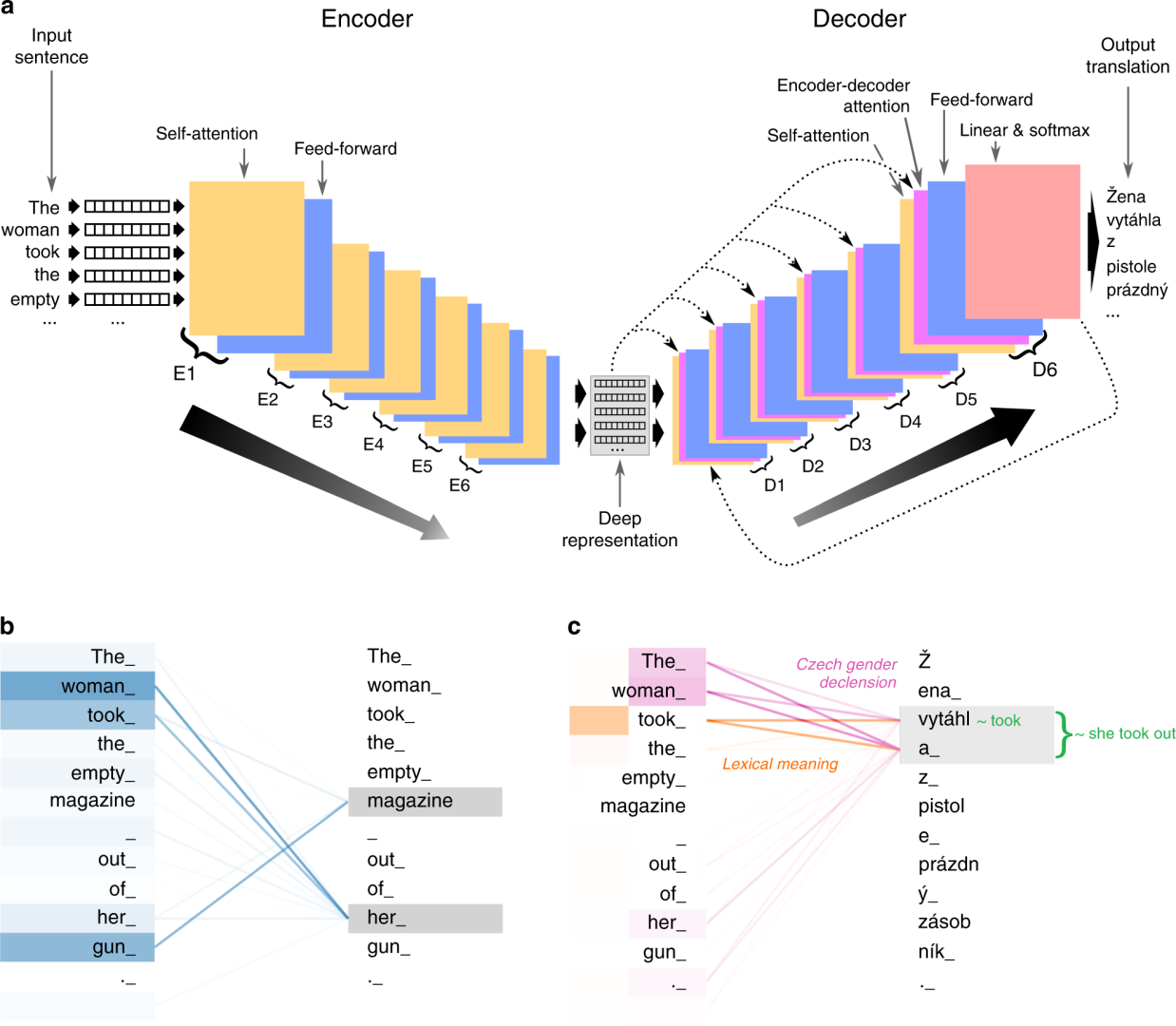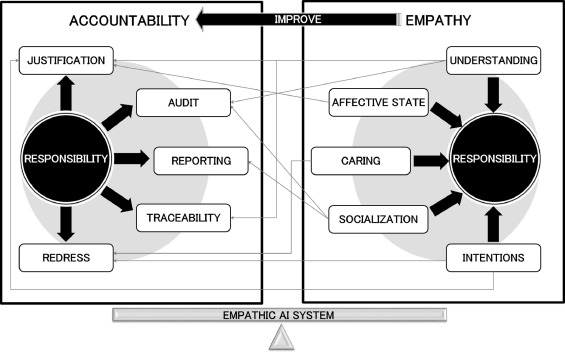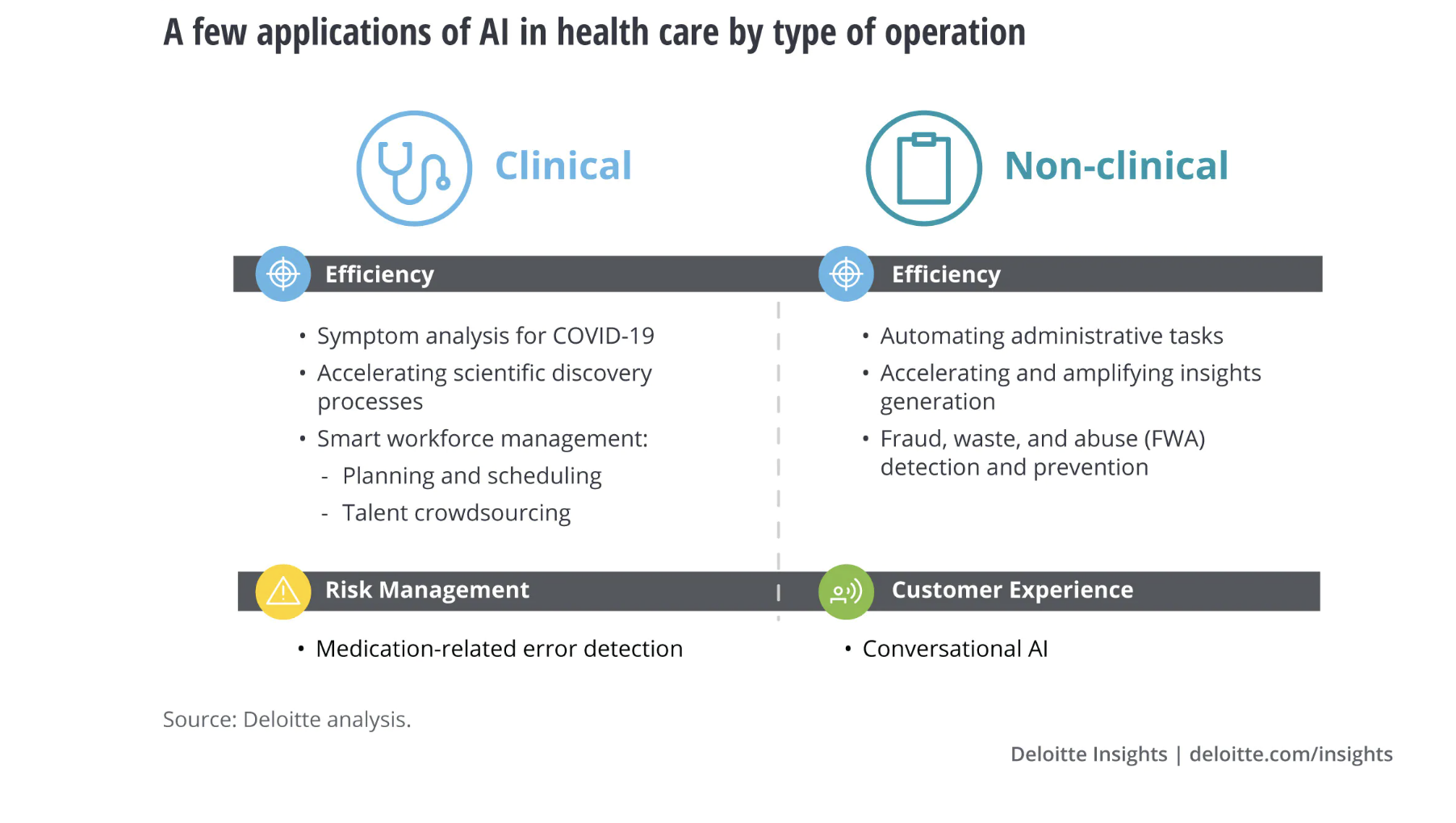Comments (1)
Mark
Thank you very much for the article!

Artificial intelligence (AI) enables people to spend more time with those that matter the most.
AI is bringing people together, whether it's assisting in the planning of a family vacation, getting to a place securely, allowing everyone to see each other on a video call, or making gift shopping a little easier.
The continuous evolution of AI has the potential to revolutionize the way we live, work, and interact with each other.
While AI is often portrayed as a divisive force that could lead to job losses and social inequality, it also has the power to bring people together and create new opportunities for collaboration and cooperation. In this article, we will explore some of the ways in which AI can be used to bridge social, cultural, and linguistic barriers and foster greater understanding and empathy among diverse communities.

One of the most significant benefits of AI is its ability to facilitate communication across different languages. Machine learning algorithms can now accurately translate spoken or written language in real-time, allowing people who speak different languages to communicate with each other more easily. This technology has been particularly valuable for businesses operating in global markets, enabling them to connect with customers and partners from different regions and cultures.
The benefits of AI-powered translation extend beyond the business world. For example, the United Nations has been using AI-powered translation to help bring together representatives from different countries and facilitate discussions on important global issues. By breaking down language barriers, AI is helping to promote greater collaboration and understanding among people from diverse backgrounds.
Another way in which AI can bring people together is by enhancing cross-cultural empathy. Artificial intelligence can be combined with virtual reality (VR) and augmented reality (AR) technologies to enable people to experience different cultures and perspectives in a more immersive and engaging way. By simulating real-world scenarios and environments, AI can help people to better understand and appreciate different cultures, religions, and ways of life.

AI-powered chatbots are also being used to promote cross-cultural empathy. These chatbots are programmed to engage in conversations with users from different cultures and backgrounds, using natural language processing and machine learning algorithms to understand and respond to different communication styles and cultural norms. By promoting greater empathy and understanding, AI-powered chatbots can help to break down social and cultural barriers and foster greater social cohesion.
AI is also being used to improve access to healthcare, particularly in underserved and marginalized communities. For example, AI-powered diagnostic tools can help to identify diseases and conditions more accurately and quickly than traditional diagnostic methods. This technology is particularly valuable in developing countries, where access to healthcare is often limited, and where the burden of disease is highest.

In addition, AI-powered chatbots and virtual assistants are being used to provide healthcare information and support to patients in remote or underserved areas. These chatbots can answer common medical questions, provide basic health advice, and even monitor patients' symptoms and suggest appropriate treatments. By improving access to healthcare, AI is helping to promote better health outcomes and reduce healthcare disparities, bringing people together by improving the quality of life for everyone.
Artificial intelligence can help to promote social inclusion by creating new opportunities for people with disabilities and other marginalized groups. For example, AI-powered assistive technologies can help people with visual or hearing impairments to navigate their environment more easily, communicate with others, and access information more effectively. These technologies can also help to break down barriers to education and employment, providing new opportunities for people who might otherwise be excluded from these areas.
AI-powered social networks and online communities can also help to bring people with similar interests and experiences together, regardless of their physical location or social background. These communities can provide a sense of belonging and support, and can help to break down social barriers by connecting people who might not otherwise have the opportunity to interact with each other.
Artificial intelligence has the potential to bring people together in a variety of ways, from breaking down language barriers to promoting social inclusion and empathy. By harnessing the power of AI, we can create a more connected and inclusive society, where people from diverse backgrounds can come together to collaborate, learn from each other, and share their experiences.
It is important to state that AI is not a panacea for social problems. Like any technology, AI can be used for both good and bad purposes, and its impact depends largely on how it is developed and deployed. It is therefore essential to ensure that AI is developed in a responsible and ethical manner, taking into account the potential risks and unintended consequences of its use.
Moreover, it is important to recognize that AI is not a substitute for human interaction and connection. While AI can help to facilitate communication and understanding across different cultures and languages, it cannot replace the depth and richness of face-to-face interaction and human connection.
Artificial intelligence has the potential to bring people together and create a more connected and inclusive society. By breaking down barriers to communication, promoting cross-cultural empathy, improving access to healthcare, and promoting social inclusion, AI can help to foster greater understanding, collaboration, and social cohesion. However, it is important to ensure that AI is developed and deployed in a responsible and ethical manner, and to recognize that it is not a substitute for human interaction and connection.
Thank you very much for the article!
Naveen is the Founder and CEO of Allerin, a software solutions provider that delivers innovative and agile solutions that enable to automate, inspire and impress. He is a seasoned professional with more than 20 years of experience, with extensive experience in customizing open source products for cost optimizations of large scale IT deployment. He is currently working on Internet of Things solutions with Big Data Analytics. Naveen completed his programming qualifications in various Indian institutes.
Leave your comments
Post comment as a guest